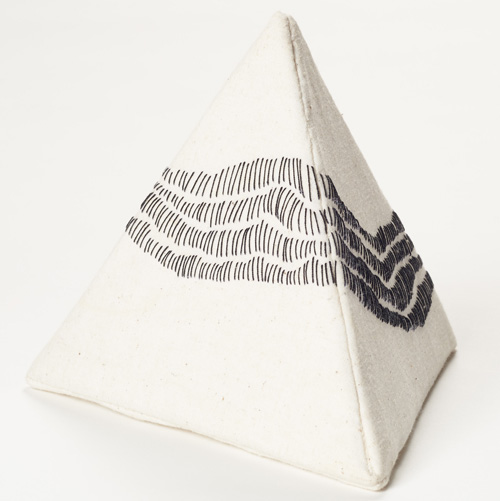In 2015 I made the following quilt “Purnululu #7” in a series of works with the same landscape scheme. While working through it, I blogged and showed more images here and here,
“Purnululu #7” Currently travelling with SAQA exhibition “My Corner Of The World”
Australian landscapes such as Purnululu and Uluru, known in the past as the Bungle Bungles and Ayers Rock respectively, are distinctive examples of weathered sandstone landforms or karst topography. To the Australian Aboriginal people these and other similar places have always held strong cultural and spiritual significance. Today non-Aboriginal Australians and foreign visitors find Purnululu and similar Outback places great destinations for travel and education.
“Purnululu #7” is already quite well travelled in Canada and USA with the juried SAQA art quilt exhibition “My Corner Of The World”. Made while I’ve been living here in Uruguay, it’s already gone to places I never have visited. But starting later this month it will travel to places I do know well, appearing with the others in this collection at textile and craft events in these Australian cities on the following dates:
My Corner of the World
Craft & Quilt Fair, Perth, West Australia, Australia • May 24 – 28, 2017
Craft & Quilt Fair, Canberra, Australian Capital Territory, Australia • August 10 – 13, 2017
Intocraft Handmade Expo, Newcastle, New South Wales, Australia • August 17 – 20, 2017
Craft & Quilt Fair, Adelaide, South Australia, Australia • September 11 – 12, 2017
Intocraft Handmade Expo, Melbourne, Victoria, Australia • November 24 – 26, 2017
What happened Brisbane? Why no Hobart? Darwin – are you there?










